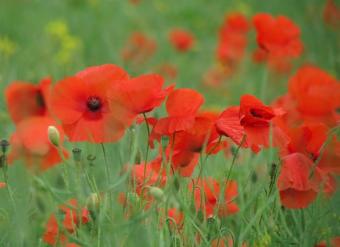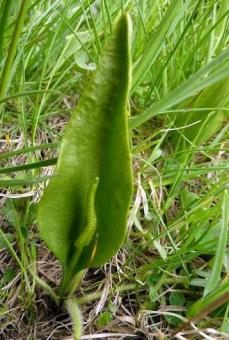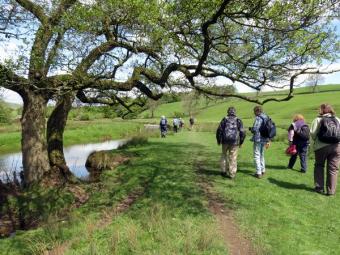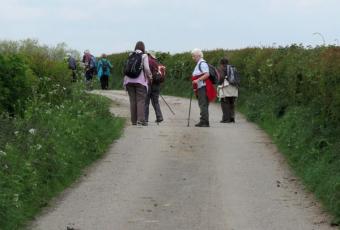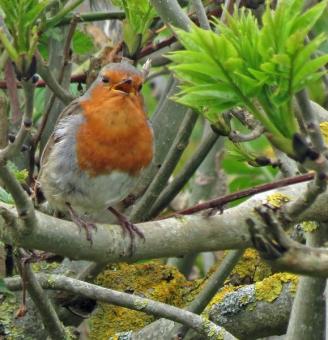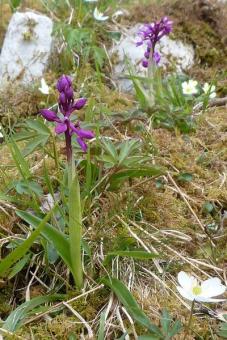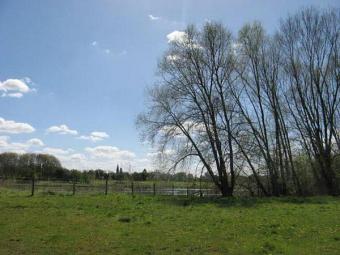WFV Langcliffe & Stainforth , 21st June 2016
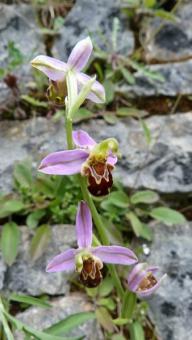
The section of river following the unseasonably powerful Stainforth Force provided sightings of Dipper, Grey Wagtail and Sandpiper. An Oystercatcher was heard and, earlier, a Green Woodpecker. At the Hoffman Lime Kiln lunch stop Ravens were both heard and seen. Unfortunately the peregrines we hoped to see at Staincliffe Scar were out for the day, but we watched a male Kestrel attending a nest (we think).
The plant record was high with over 180 angiosperms, of which over 90% were in flower . The Lime Kiln walls were a magnificent sight clothed in Hawkweeds amongst which it was odd to see Eyebrights, Wild Strawberry and the occasional Bee Orchid growing on the vertical surface. As well as Common Figwort we found Green Figwort, though neither was in flower. Bee Orchid numbers were lower than expected; Common Spotted Orchid was seen . Other less often recorded species were the crucifer Common Yellowcress, Fairy Foxglove and one spike of Agrimony. The Kiln provided an excellent habitat for ferns with Brittle Bladder and Male Fern growing in the entrance tunnels and Maidenhair Spleenwort and Wall Rue attached to the walls both here and in profusion on the drier outside wall. Eight fern species were seen. What a contrast all the greenery is to the pictures of the kiln in its working days.
Activity continued even in the car park at our Stainforth toilet stop. Joan, Margaret and Julia were making plans for the next programme, John was chasing moths and a tiny, fearless mouse, (or should that be a young and inexperienced one?) caught our attention as it nibbled daisy leaves within feet of the group. The distance became inches as cameras came to the fore.
Appropriately a Dung Roundhead fungus fruiting body was found in a cowpat!
Many thanks to Julia for not only her previous recce but for leading and driving today and grateful appreciation for going ahead at the end to relocate the mini-bus so shortening the final slog for the geriatrics in the party! Thanks to Robert too, not yet geriatric, for shepherding the party and for help at stiles.
We returned to Bradford tired, a bit later than usual, but having enjoyed the clear air and some treasures of our beautiful countryside.
Alice

